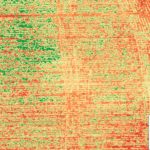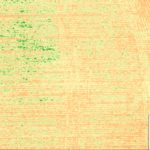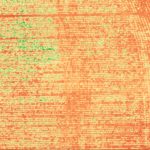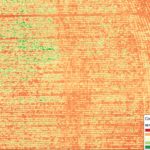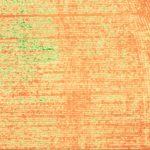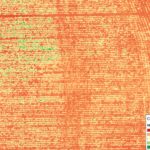Benefits of precision agriculture: focus on Italy
Precision Agriculture, also known as Precision Farming, is a strategy in managing agriculture due to the potential of the widespread application of innovative solutions. According to its original meaning definitions, it consists in “applying technologies, principles and strategies for spatial and temporal management of variability associated with aspects of agricultural production” (Pierce and Nowak, 1999), in relation to the real needs of the parcel and their spatial and temporal variability. Precision farming on large scale was born in the United States in the 90s to be used for large crops of cotton and maize, and more recently it is increasingly spreading in small plots, just because it guarantees rationalization of cultivation and greater efficiency.
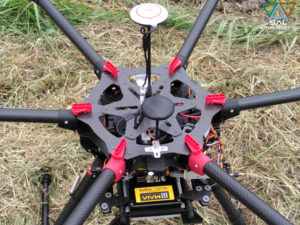
The main variable to consider is not the extension but rather the problem of being able to avoid ever more uniformity of treatment for crops placed on different soils affected by different problems, which can generate non-rational use of fertilizers, pesticides, herbicides. Precision farming is an innovative form of agriculture, driven by the use of techniques and technologies aimed at the implementation of agronomic interventions with varying intensity within the different crops of land, on the basis of the actual need for cultivation and of the chemical, physical and biological properties of the soil. The Guidelines for the Development of Precision farming in Italy represent a vademecum of technical, regulatory and scientific sources and proposals which in addition to defining the principles, methods and technologies, identifies the actions and tools suitable for achieving in 2021 the goal of managing 10% of the cultivated agricultural national area. All information has been ordered to promote business management (agriculture, forestry and zootechnics) with new tools and technologies that make it “the right thing, the right place at the right time”, with the most ambitious goal of introducing simplified site-specific analysis models as a decision support system for the entire business management, optimizing returns in the light of advanced climate environmental and economic sustainability.
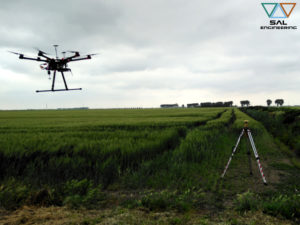
The Italian Government plan, launched in 2015 with the fruitful scientific and economic consultations of EXPO 2015, identifies a company model to which this project is primarily aimed: companies with an average size of 7 hectares. Governments and regions can use EU rural development funds to reach an ambitious goal: get within 5 years to have 10% of the areas cultivated by Precision farming.
Precision farming principles now can be applied to all agronomic operations (soil cultivation, sowing, fertilization, irrigation, crop protection): it’s important to keep in mind that the assumption to apply market solutions is the strategic management of intra-field and inter-field geographic variability, and thus the management of the information obtained from the surveys carried out with new generation sensors. Such a management allow to achieve different advantages:
-
in the agronomic field, by increasing the crop performance
-
in the economical field, through the best use of inputs and the reduction of crop costs
-
in the environmental field, because reduces the use of pesticides, herbicides, fertilizers.
The aim of precision farming is also to manage the variability that exists within the crop by the means of resources and technological solutions to optimize the use of productive factors reduce costs and preserve natural resources. The first step is to know the variability within the field: crop mapping by photogrammetric surveys with multispectral, hyperspectral and thermographic sensors is the most widely used technique for collecting data on variability in crop health conditions and on yield variability, integrated with timely observations conducted by meteorological stations.
The agronomic application of this knowledge, that basically consists in the transformation into agricultural interventions, is through the use of variable-rate agricultural machines equipped with GPS, ISOBUS technology and spraying management software, whereby the grower will act in a manner rational culture, it will always be able to monitor its interventions in the future and improve production in terms of quantity and quality. The application of these techniques involves different intervention and processing costs depending on:
- type of crop (arable land, orchard, vineyard, fruit and vegetables, etc.)
- crop extent
- climate reference conditions
- technological development framework for the agricultural production process
- technological development framework for the decisional production process
- phytosanitary framework that is to be maintained for cultivation
The application of Precision farming technologies makes European agriculture more sustainable and profitable: to say that is a new report by the European Commission’s Joint Research Center (Jrc), named Precision agriculture: an opportunity for EU Farmers – potential support with the CAP 2014-2020. Indeed, recent studies on yield monitoring show that the application of localization technologies and targeted interventions leads to a net savings of 15% to 50% depending on the variables that define, as above, the nature of the farm and its production process. Farming management of this type allows to increase the efficiency of the production system by streamlining the individual interventions. In Italy, the application of Precision farming is very heterogeneous and affects only 1% of the whole agricultural area. At present the most advanced production chain is winery; they follow rice, cereals and zootechnics. The predictions for precision farming in Italy confirm the orientation towards development and its spread will increase rapidly over time, similar to what is happening in other European Union countries.

